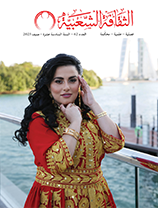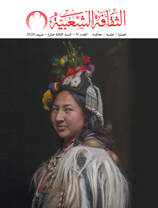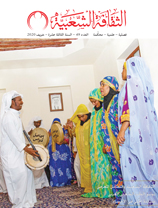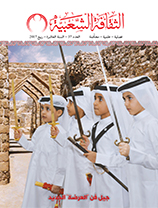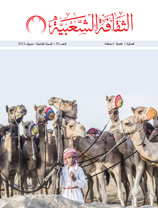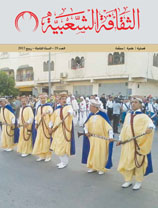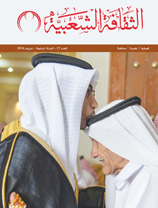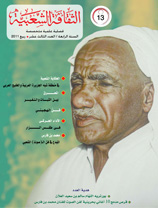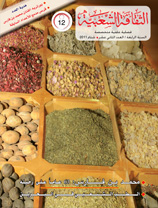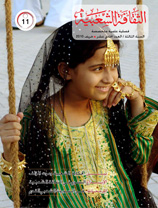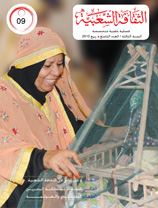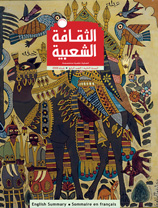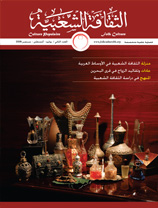“Arabian Nights” in the visual arts of the East and West
Issue 36
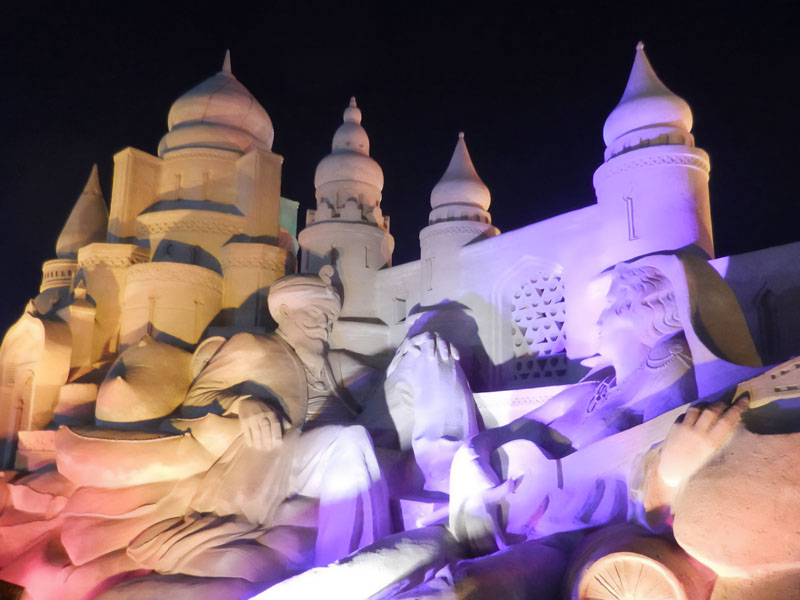
Mohammad Mahmoud Fayed
Egypt
The artistic features and different styles in the tales of the Arabian Nights have long inspired artists. These artistic features helped artists create and depict a surreal relationship between reality and fantasy in their drawings and various other forms of expression.
Dr. Mustafa Al Razaz says, “We can imagine the various authors of the tales in the Arabian Nights and their attitudes towards drawing, sculpture and painting, all of which existed but which had to be hidden because artists were afraid of being accused of idolatry or polytheism.»
As a result, artistic prose had to compensate for the lack of illustration and sculpture; the Arabian Nights describes the palaces of Mafjar and Amira in the Jordan Valley, the Pharaohs, Sassanid and Roman buildings, and the Terracotta Army, which guarded the palace where Qin Shi Huang, the first Emperor of China, was buried in the 3rd century BC.
There are also many other evocative descriptions where the physical meets the metaphysical and delights the reader’s imagination.
The Arabian Nights includes descriptions of the Terracotta Army, cities made of copper and beings of fantastic size, such as the Floating Island in Sinbad’s first journey, the roc that fed elephants to its children, and the snake with a human face made of crystal that appears in the centre of the golden plate.
Many of the things described actually existed in one form or another; they were documented in the writings of travellers and geographers such as Yacout Al Hamawi, Al Qazwini, Ibn Battuta and Al Idrisi.
This descriptive prose delighted readers and enriched the tales of the Arabian Nights.
Arab Islamic arts drew on the creativity of neighbouring civilisations and expanded on local folklore, which led to the emergence of a distinctive style of art.
Iranian artists borrowed from the stereotypical battle scenes in the Arabic tales in the Arabian Nights. Inspired by the battles and scenes of punishment described in the Arabian Nights, Iranian artists depicted battles including horses, elephants, camels, shields, swords and acts of violence in Shahnameh, the famous epic by Ferdowsi.
In 1430, Persian painter Kamaleddin Behzad depicted fighters on horseback engaging in face-to-face combat with severed body parts, flying swords and fallen camels. Persian manuscripts also depicted lions fighting, tiger hunts, and beasts and predators in the midst of fierce battles. This artwork depicts the battles and victories in the Arabian Nights and other tales whose authors described standard-bearers, drummers and people watching the battles.





